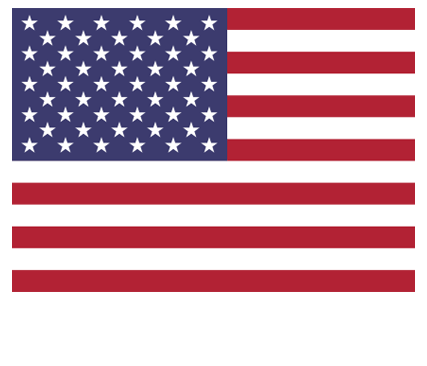Getting To Know Plastic Thermoforming And Vacuum Forming
In the world of plastic manufacturing, everyday terminology is thrown around like confetti and it can be difficult to discern the nuances of specific processes. These processes are described by “plastic thermoforming,” “pressure forming,” and “vacuum forming.” All three are similar in scope, but there are important differences to understand. Employing the use of the wrong one in manufacturing could lead to disaster, and marketing an errant term can be equally troublesome. Let’s look closer at these common industry terms.
Plastic Thermoforming
This term has become a generic label applied to the plastic manufacturing process involving the heating of a thermoplastic sheet to a specific temperature and applying pressure to mold into a three-dimensional shape. When the plastic has cooled, it can then be trimmed and formed into its final product form. Thermoforming machines are large, highly-engineered and complex, and typically more expensive to purchase and operate.
Thermoforming is generally cost-effective and allows the freedom to accomplish whatever you need. In addition, the cooling time for the plastic is quick, making this a great choice when producing a high volume of quality products. Thermoforming and vacuum forming can both be used to create engaging decorative looks.
Vacuum Forming
Vacuum forming is a common thermoforming manufacturing process. Vacuum forming applies a vacuum energy to transform a heated plastic sheet into a pre-planned shape. The softened sheet in placed over a mold and then sucked down onto its surface. The sheet is then removed from the mold, cooled, and prepped for finishing. Vacuum forming allows more accurate replicating of the mold shape, which boosts the end quality.
Vacuum forming can be cheaper than thermoforming, due to lower operating machine costs. It is also a straightforward process that takes comparatively little time. Custom vacuum forming can also be tailored to suit specific needs and project parameters.
Advantages Of Thermoforming
Compared to related processes, such as injection molding, thermoforming boasts several key advantages:
- Lower tooling costs
- Shorter tooling lead time
- Efficient prototypes means faster product development
- Adaptive to evolving customer needs
- Integrated process with virtually limitless flexibility
- Wider design scope
Products Made Via Thermoforming
Many common products are made wholly or partly through the thermoforming process, including:
- RVs
- Pools and spas
- Fitness equipment
- Store displays
- Medical and office equipment
- Scientific instruments
- Control panels for an array of product
- Product housings and covers
In Conclusion
Thermoforming prepares your company to meet its particular market goals and, in the end, you can spend more time making product sales and less time waiting for it to clear the manufacturing steps.



